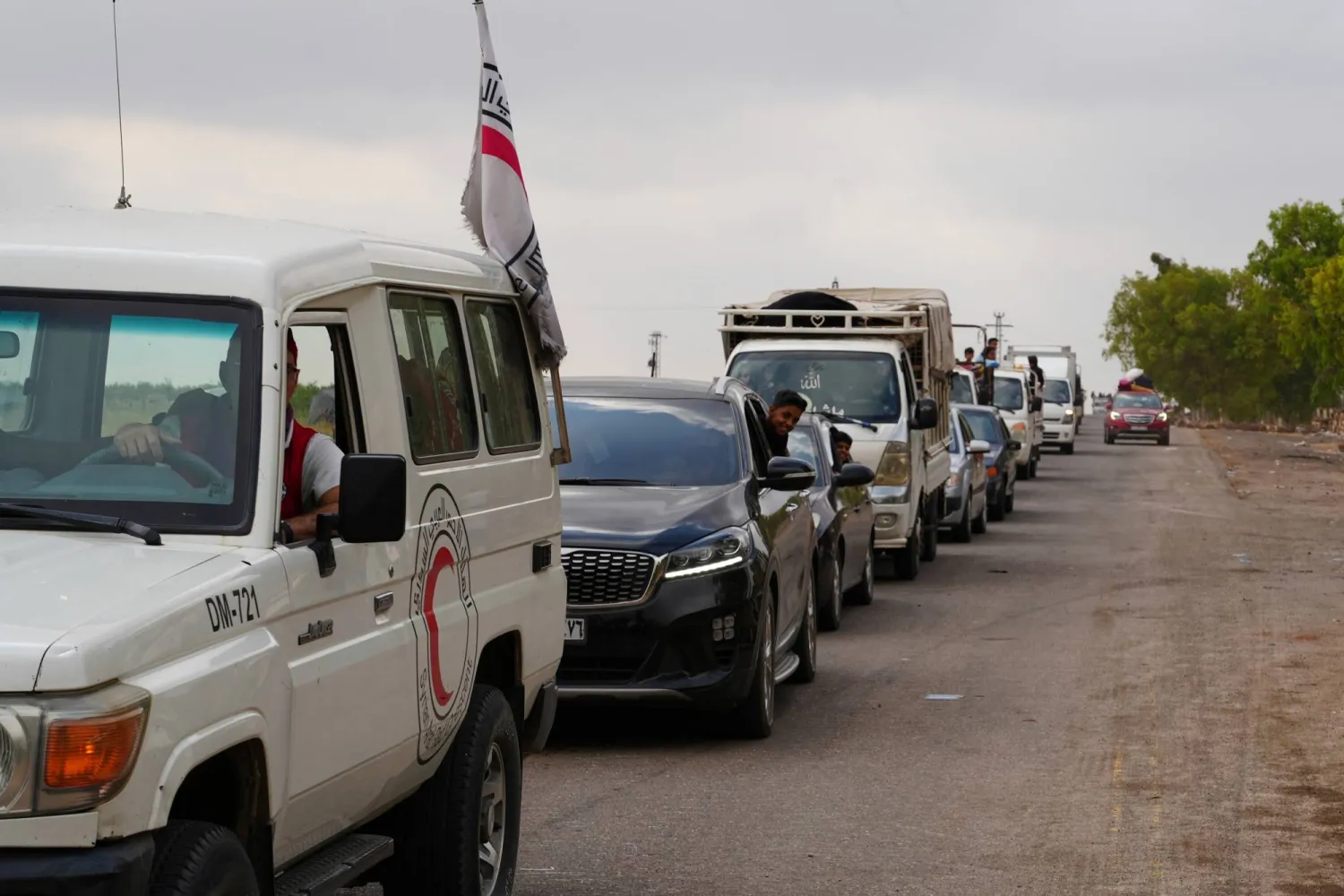Iraqi parties are scrambling to forge new alliances that may create changes in the current political arena or at least revive old partnerships as the country edges closer to holding early parliamentary elections in October.
The instability in the country may, however, force the postponement of the elections. This possibility has not impeded the parties, which are preparing themselves to both hold the elections on time or bracing for their delay to their constitutional date of May 2022.
Amid these preparations, a delegation from the Sadr movement held talks in Erbil this week with head of the Kurdistan Democratic Party (KDP) Masoud Barzani and President of the Kurdistan Region Nechirvan Barzani. The delegation was led by Nasar al-Rubaye, head of the movement's political body.
The surprise meeting between the largest Shiite party, the Sadrist movement, and largest Kurdish party, the (KDP), may pave the way for an alliance that may upend the political scene in Iraq. Whoever joins the alliance will have the upper hand in the formation of the new government after the polls.
The Sadrists are expected to emerge as victors in the elections, and therefore hold sway over the formation of the government or appointment of a prime minister, who does not necessarily have to be a member of their movement.
Beyond the government level, a Sadrist-Kurdish alliance may hold sway over the three presidencies (president, prime minister and parliament speaker) in Iraq. According to the 2003 constitution, the president is always a Kurdish figure, the speaker is always a Sunni Arab and prime minister a Shiite.
If influential Shiite and Sunni figures join the potential Sadrist-KDP alliance, then they may control who is named to the three presidencies, regardless of their sect, confirmed observers.
To clarify, they cited Speaker Mohammed al-Halbousi, leader of the largest Sunni bloc in the western provinces, openly speaking of the desire of Sunni Arabs to assume the presidency. In return, the position of parliament speaker would be occupied by a Kurdish figure.
The sticking point would be persuading the two major Kurdish parties in the Kurdistan Region – the KDP in Erbil and Patriotic Union of Kurdistan in Sulaymaniyah – to agree to the switch before even agreeing with Baghdad on the issue.
More time, however, is needed for alliances to take shape.
Another noticeable development, was head of the Hikma movement, Ammar al-Hakim’s visit to the disputed Kirkuk province. His movement does not hold sway in the province, which is predominantly Kurdish and Turkmen with a Christian minority, but he may be attempting to garner its support during the polls.







